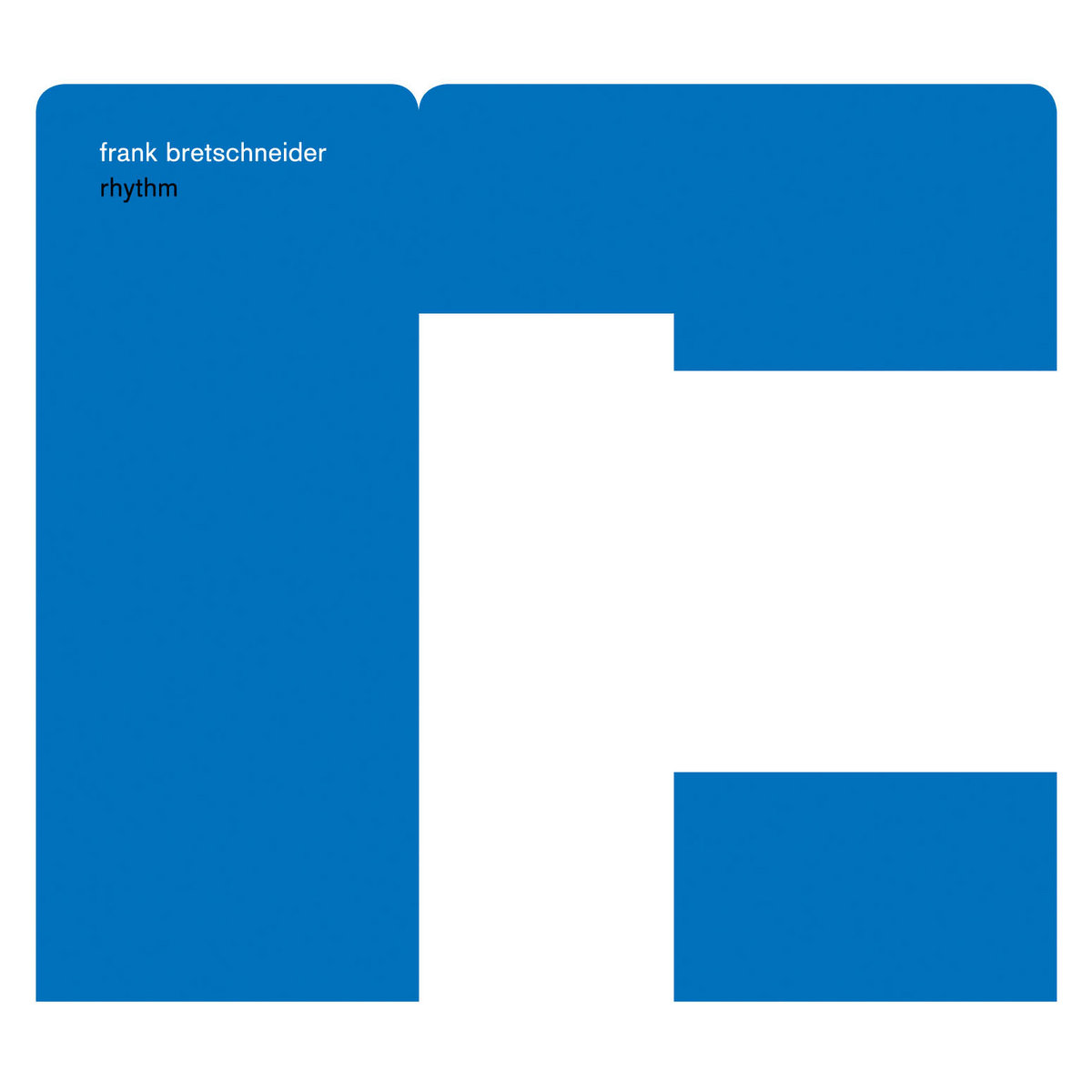
프랭크 브렛슈나이더 (Frank Bretschneider)는 독일의 전자 음악가이자 시각 예술가로, 전통적인 음악 교육 없이 ‘실행을 통한 학습’으로 자신만의 언어를 구축한 인물이다. 그의 음악은 디지털 미니멀리즘, 정밀한 리듬 구성, 그리고 기계적 질서와 인간적 불규칙성 사이의 긴장감에 뿌리를 둔다.
그의 대표작 'Rhythm'은 ‘리듬 그 자체’를 주제로 삼는다. 그는 루프 중심의 전통적 프로그래밍 방식에서 벗어나, 리듬을 재료로 삼는 작곡적 접근을 통해 구획된 시간의 틀을 해체한다. 이 앨범에서 리듬은 더 이상 단순 반복의 구조물이 아니라, 복잡하고 때로는 오류를 포함한 유기체처럼 다뤄진다. 특히 'Rhythm'에서 그는 매분 변화하는 짧은 트랙들과 미세 조율된 드럼 프로그래밍을 통해, 패턴의 예측 가능성을 최소화하고, 오히려 그 안에서 발생하는 비정형성과 변칙적 흐름을 강조한다. 그는 “루프, 페이드, 전환”의 편안함 대신, 커팅, 데드 노트, 이상한 마디 등을 사용해 리듬의 경계를 밀어낸다.
브렛슈나이더의 리듬은 전자적이되 무감각하지 않고, 정렬되었으되 무질서를 내포한다. 그리드 기반의 음악에서 어떻게 ‘리듬의 어긋남’이 의미를 획득할 수 있는가에 대한 그의 실험은, 디지털 시대의 ‘기계적 음악’이 어떻게 다시 인간적인 감각으로 환원될 수 있는지를 보여주는 사례다.
Frank Bretschneider is a German electronic musician and visual artist who developed his unique language through 'learning by doing' rather than traditional musical training. His music is rooted in digital minimalism, precise rhythmic structures, and the tension between mechanical order and human irregularity.
His seminal work 'Rhythm' centers on the concept of 'rhythm itself.' Moving away from traditional loop-based programming, he approaches rhythm compositionally as raw material, breaking down the boundaries of segmented time. In this album, rhythm is no longer a simple repetitive framework but treated like a complex, sometimes flawed organism. Especially in 'Rhythm,' Bretschneider minimizes predictability through short tracks that change every minute and finely tuned drum programming, emphasizing irregularity and anomalous flow within the patterns. Instead of relying on the comfort of loops, fades, and transitions, he pushes rhythmic boundaries using cuts, dead notes, and odd measures.
Bretschneider’s rhythms are electronic but never mechanical, orderly yet inherently chaotic. His experimentation with 'rhythmic displacement' in grid-based music demonstrates how mechanical music of the digital age can be reinterpreted with a distinctly human sensibility.

by FNST_SESSION
'PHONIC CYCLE~' 카테고리의 다른 글
| UNMAPPED RHYTHMS #21 Thomas Brinkmann - Retrospektiv [2017] (0) | 2025.06.07 |
|---|---|
| UNMAPPED RHYTHMS #20 Beatrice Dillion - Workaround [2020] (1) | 2025.06.07 |
| UNMAPPED RHYTHMS #18 Ondo Fudd - Eyes Glide Through The Oxide [2019] (0) | 2025.06.07 |
| UNMAPPED RHYTHMS #17 Burnt Friedman & Jaki Liebezeit - Secret Rhythms 1 [2002] (0) | 2025.06.07 |
| UNMAPPED RHYTHMS #16 Eli Keszler - Stadium [2018] (0) | 2025.06.07 |





